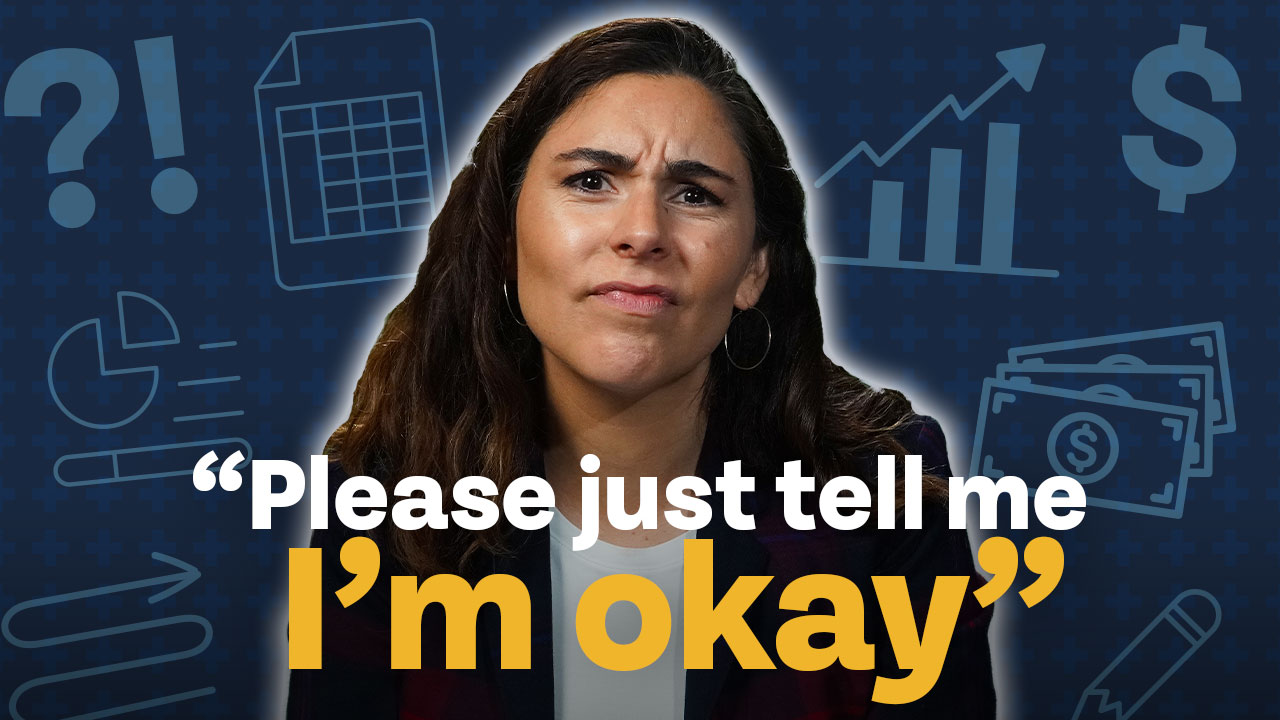
What kinds of financial goals do you want to work toward?
In the short term, you may like to pay off your credit card with the outrageous interest rate and to tuck away some money in the bank for an emergency fund. Perhaps in the long-term, you’d like to put a bit away towards retirement.
But what about preparing for all the things you hope to do between now and retirement? These are your mid-term goals, and they can be tough to identify and plan for. It may take a long time to achieve them, they can involve large sums of money, and they can be easy to push off in favor of shorter-term projects.
But don’t fall into this trap! Instead, educate yourself and devote a little time to thinking about those mid-term plans. Here’s how you can get started.
Find Your Mid-Term Goals
Planning for intermediate financial goals is important. But what sort of goals are we talking about here?
Mid-term goals usually happen after you’ve graduated college, secured a job and really started your career — but before you start dreaming about your day-to-day retirement schedule for when your working career is over.
In the next three to ten years, you may want to:
- Buy a house
- Pay for a wedding
- Start a family or have another baby
- Pay off student loans or go back to school
- Go on a dream trip
- Start a second career
- Start a business
Many of us want to do all of these things, and it’s an expensive proposition.
With any goal, it’s essential to know exactly what you’d like to accomplish. Nail down exactly what you’d like to do, and then figure out how much money you’ll need to make it happen.
Tackling Your Mid Term Goals
One way to tackle all your goals is to sequence your goals. You’ll meet one goal, and then move on the next. Consider both the importance and the timeline of your goals.
Is there one that you’d like to do more than all the others? Which goal would you like to do in two years, and which goal would you like to do in five years? Use this to make your list.
Another approach is to save for all of your goals at the same time. Open a specific saving account for each goal and divide the money you have available to put away between the accounts (or use percentages to determine what amount goes where).
Set smaller goals for each year to remain motivated and keep those balances growing.
If you’re motivated by seeing higher balances and checking goals off of a list, you’ll probably prefer to sequence your goals. If you like the idea of pursuing all your goals at once, you might prefer the separate savings account method.
Take Care of Your Savings
Taking care of your money for medium term goals is tricky. You keep your emergency fund some place safe since it’s possible you’ll need it tomorrow. You invest your retirement money in tax-advantaged accounts like a 401(k) and a Roth IRA since you don’t expect to need it for years.
But what do you do with the money for all the goals in between? You want to preserve your savings, but you don’t want to lose out on growth if it’s going to take ten years to save up for your goal.
You want mid-term savings to be easy to access. It’s a bad idea to put the money in a 401(k) or another tax deferred retirement account as you’ll pay a penalty to access your savings.
Instead, consider a taxable investment account or a high interest savings account so you can reach your money without penalty — and give it an opportunity to work for you and compound.
Think About Your Timeline and Manage Your Risk
Since the timeline for your mid-term goals is shorter than your timeline for retirement, you’ll want to manage your risk carefully. You’ll need to strike an effective balance between protecting the savings you’ve worked so hard to accumulate while getting a bit of growth and offsetting inflation.
It depends on your timeline — is this a two year goal or a ten year goal? For more urgent goals, you can always use a high interest savings account or short term CDs. For goals with a bit longer timeline, you can consider conservative investments structured to preserve your savings in a taxable investment account.
There’s a lot of life to live between now and retirement. Start saving for your mid-term goals so you can create the life you want without worrying about how you’ll pay for it.













